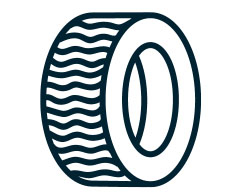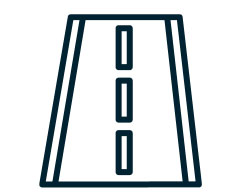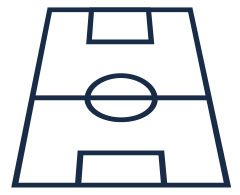MICROPLASTICS
FOR THE PROTECTION OF OUR WATERS
PROBLEM MICROPLASTICS
TINY PARTS – BIG DANGER FOR OUR ENVIRONMENT
Two thirds of all microplastics in Germany are discharged into waterways via road runoff.
Microplastics in the aquatic environment can lead to numerous negative effects. The ingestion of plastics can lead to tissue changes or inflammatory reactions in living organisms. Humans are also affected via the food chain. Tire abrasion is the largest pathway into water bodies. In 2020, a team of researchers from the Universities of Washington and Toronto discovered that the transformation product 6PPD quinone, which comes from antioxidants used in tires, is the cause of recurring acute fish kills.
As microplastics are not biodegradable according to current knowledge, it is all the more important to keep them out of water bodies through extensive stormwater treatment.
In addition, microplastic particles left on the road can be further broken down by erosion and abrasion, increasing their spread and potential harmful effects.
THREE IMPORTANT SOURCES OF MICROPLASTICS

* 3 important sources – Annual amount released per person in grams.
Source: Fraunhofer UMSICHT 2018; own presentation.
To remove microplastics from the drain of:

Tire abrasion
Treatment with:
HYDROSYSTEM

Bitumen abrasion from asphalt
Treatment with:
HYDROSYSTEM

Drifts from sports fields
Treatment with:
HYDROSHARK
HYDROSYSTEM
YOU NEED PROFESSIONAL
SUPPORT OR
HAVE QUESTIONS FOR US?

Jonas Bitterling, M. Eng.
Project Engineer
Tel +49 (0) 7334 92460-12
Mail bitterling@3ptechnik.de

Daniel Betschner,
Master Professional of
Technical Management (CCI)
Project Engineer
Tel +49 (0) 7334 92460-32
Mail betschner@3ptechnik.de
